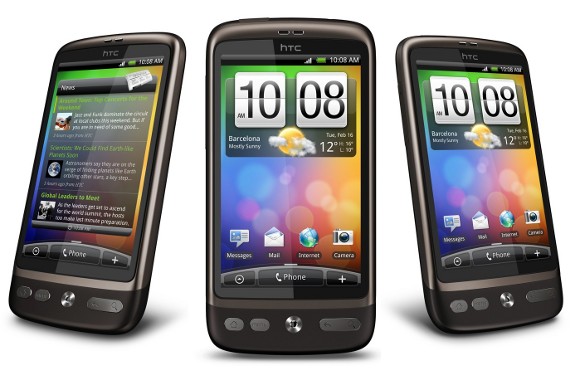
The HTC Desire Google Android smartphone has more been compared to Apple's iPhone 4 and, whilst the latter has been associated with long-queues outside Apple's stores, the Desire has suffered from poor distribution leading to many frustrated potential owners.
HTC Desire - Design & Build:
The Desire is pure gadget sauciness wrapped in an unassuming package. Like its twin, the Nexus One, the Desire's appearance gives little indication of its powerful 1GHz Snapdragon processor or its seemingly endless pool of features. On the outside, it's just modest, dark grey plastic, although there are a couple of design tweaks that set it apart from the Nexus One.
A touch-sensitive trackpad replaces the Google phone's trackball, and satisfyingly clicky buttons do the job of the touch-sensitive buttons on the Nexus One. Both changes may seem small, but we think they're big improvements. The Desire's trackpad sits flush with the phone, won't collect lint in your pocket and looks cool. The touch-sensitive buttons were the worst thing about the Nexus One, because of their occasional unresponsiveness -- the Desire's buttons are still subtle but, when you press one, you know it.
The Desire also lacks the noise-cancellation feature of the Nexus One, and you can't write texts and emails using the voice-recognition feature, although you can still use it to search. But, since we aren't big fans of voice-recognition-based messaging anyway -- it just doesn't work well enough to be faster than typing, and it's embarrassing to use on the bus -- we're don't think you'll miss this feature. That's especially the case since the Desire's on-screen keyboard is one of the best on any phone, with good spelling-correction capability and handy shortcuts for numbers and punctuation.
HTC Desire - Camera and Video:
It is not the same as a fully specced digital camera, and it still relies to an extent on the subjects of any photo standing as still as possible to prevent blurring. The resulting images are sharp however, and more than acceptable. You can zoom in on a photo you have taken and it still looks sharp and the photo browser is very user friendly. We also used the HTC Desire phone as a hard-drive, downloading other people's photos from a computer onto the 4GB SD card for display on the Desire.
What we found really very good is the video function, the camcorder is great. The picture is clear and there is no jumping and again the playback of these on the HTC Desire phone is also very clear, utilising the entire large screen.
HTC Desire - Music Player:
The music player performs well, and there is a handy regular headphone jack at the top of the HTC Desire phone. If you use the headphones provided you’ll find a handy little controller for the player on the cable. Music played via the Desires inbuilt speaker is of acceptable quality.
HTC Desire - Web browser:
Having peered over our colleague's shoulders as they use the web browsers on their BlackBerrys we were delighted to find a world of difference when we fired up the browser on the HTC Desire. It displays websites exactly as they are on our PC – formatting is unchanged, and (a nod in the direction of the iPhone here) you can zoom in or out of a section on the page with a pinch action. The browser has full support for Flash content built in; something that was lacking on the G1. Cruising through live markets on Betfair was a cinch.
HTC Desire - Email:
When it comes to email on the move the HTC Desire means business. Icons in the top left corner of the screen provide a constantly updated notification of all inbound communications. A Quick finger flick provides a summary of text messages, missed calls, and email arrivals in multiple accounts. A tap on any one item instantly displays it in full detail.
HTC Desire - AMOLED screen:
I have compared the HTC Desire’s AMOLED screen with an iPhone and the HTC wins hands down. Watching one of the two free movies that provided for me to stream on the phone was a pleasure. The display is pin-sharp and colour rich, with no hint of quality loss.
On a sunny day I had no trouble reading the Desire’s display, it’s the perfect screen in all respects except one – smeared finger marks need constant attention. It’s a small price to pay however.
HTC Desire - Battery life:
Nobody could claim that the battery life on the Desire is especially good. Light users will get two days between charges, but in normal use, with average internet access and reasonable calling levels I find it necessary to charge the phone each night.
HTC Desire - Performance:
Across the board, the Desire exhibits fantastic performance. I was able to run seven homescreens on a live wallpaper, packed with widgets while multitasking in email, Twitter, the web, and the music player without any stutters from the device. I think that the Snapdragon and high RAM combination really helps here.
I should also note that immediately upon powering my device, I got a pop-up saying that there was a new software update available for the device, which came directly from HTC. Nice! A few minutes later, I was running the latest software.
HTC Desire - Call Quality:
Call quality and reception on the Desire was great. Sadly, the speakerphone was poor...even at a medium volume, the speaker would distort. Why is it so difficult for OEMs to build good speakers? The HTC Legend has it right!
Conclusion :
The HTC Desire is the best Android phone that you can buy right now, and it closely rivals (and sometimes beats) the iPhone and HD2 in terms of web browsing fidelity, performance, and more. It has a perfect interplay between hardware and software: the HTC Sense UI is beautiful, intituive, and smooth, but it is also demanding on the hardware, but the Snapdragon CPU and copious amount of RAM on the Desire strikes a perfect balance.




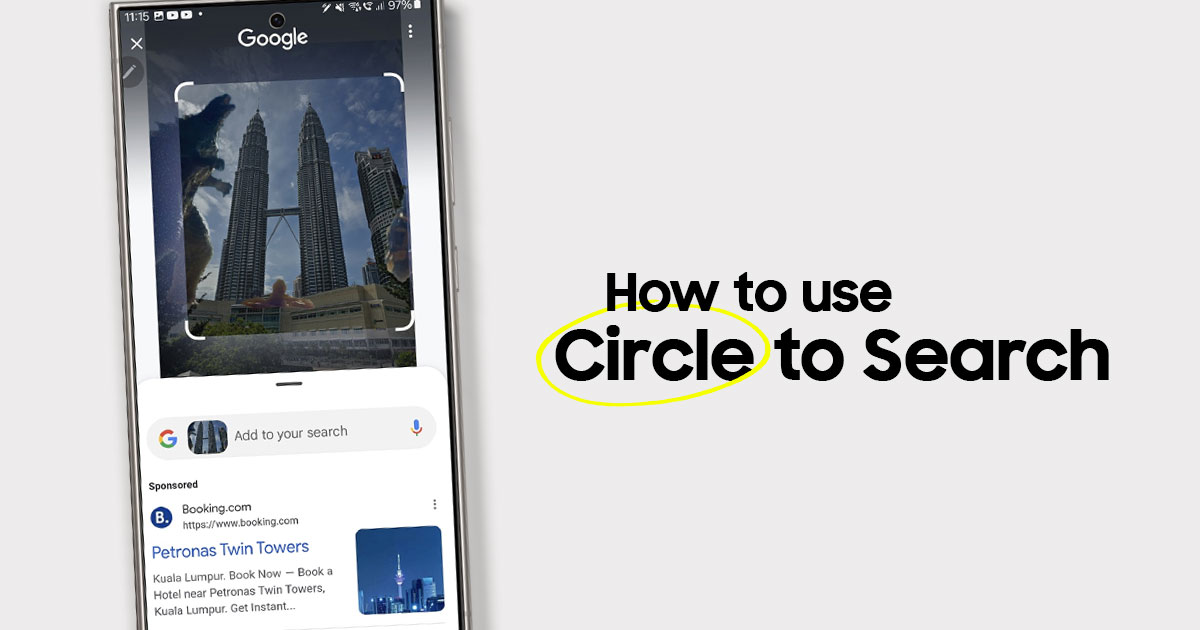


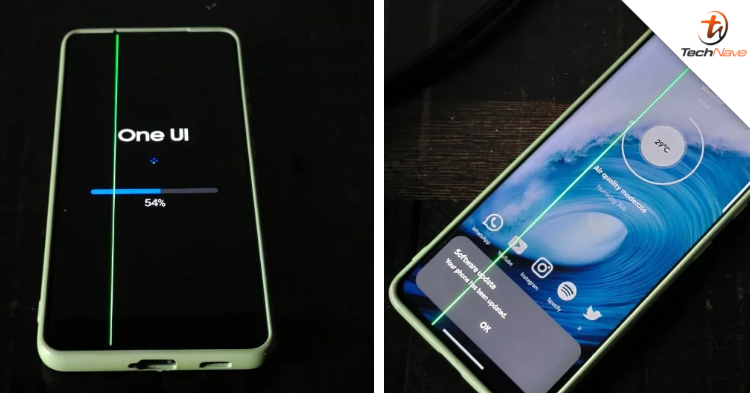

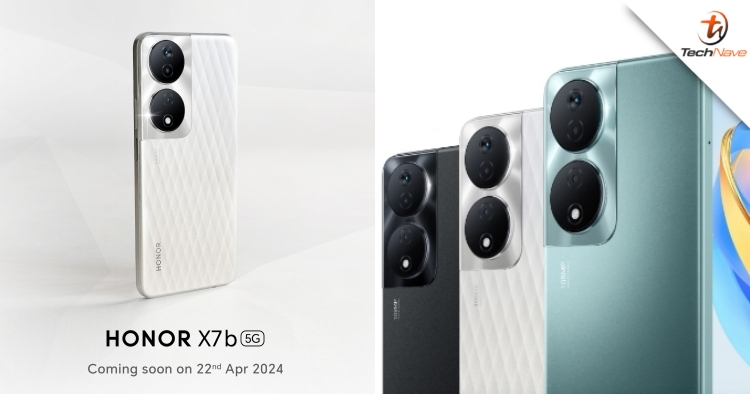


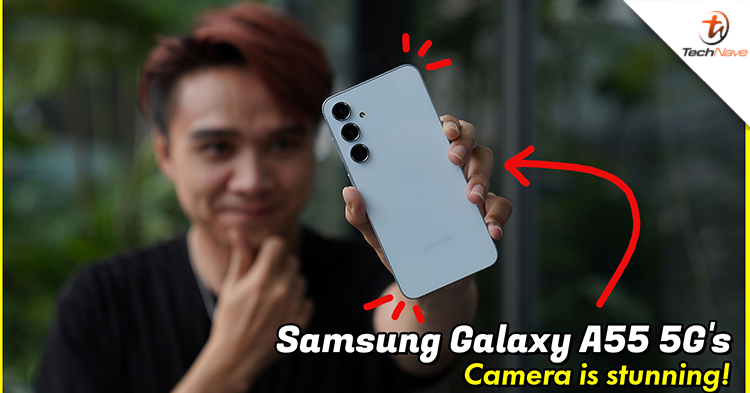
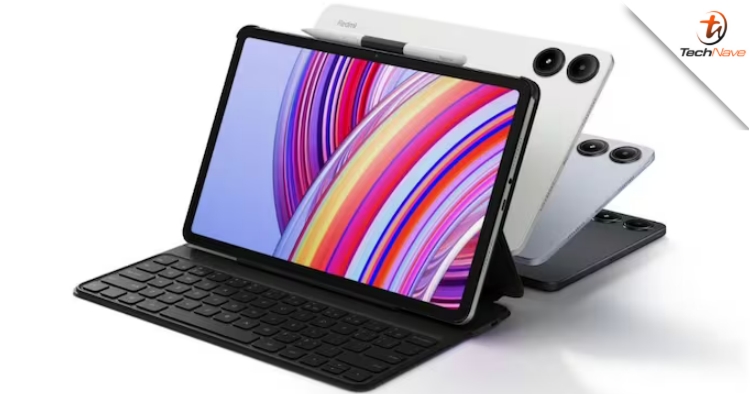
COMMENTS